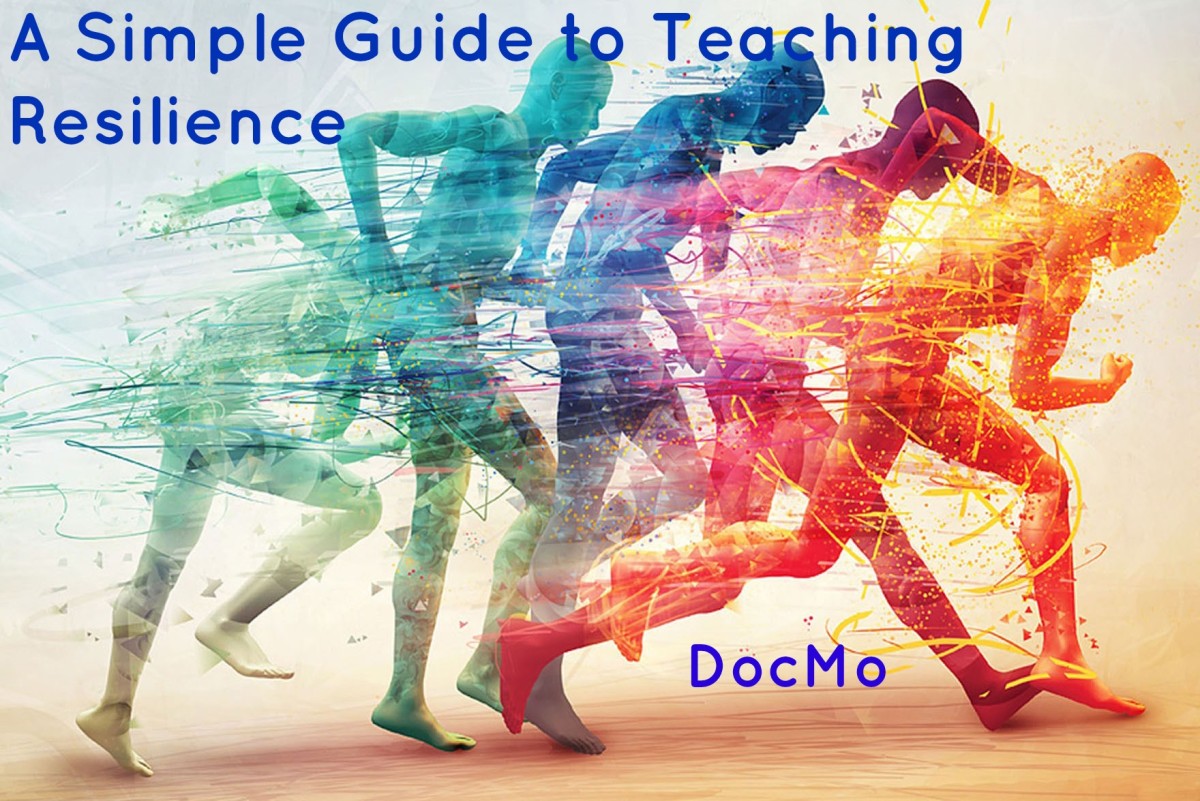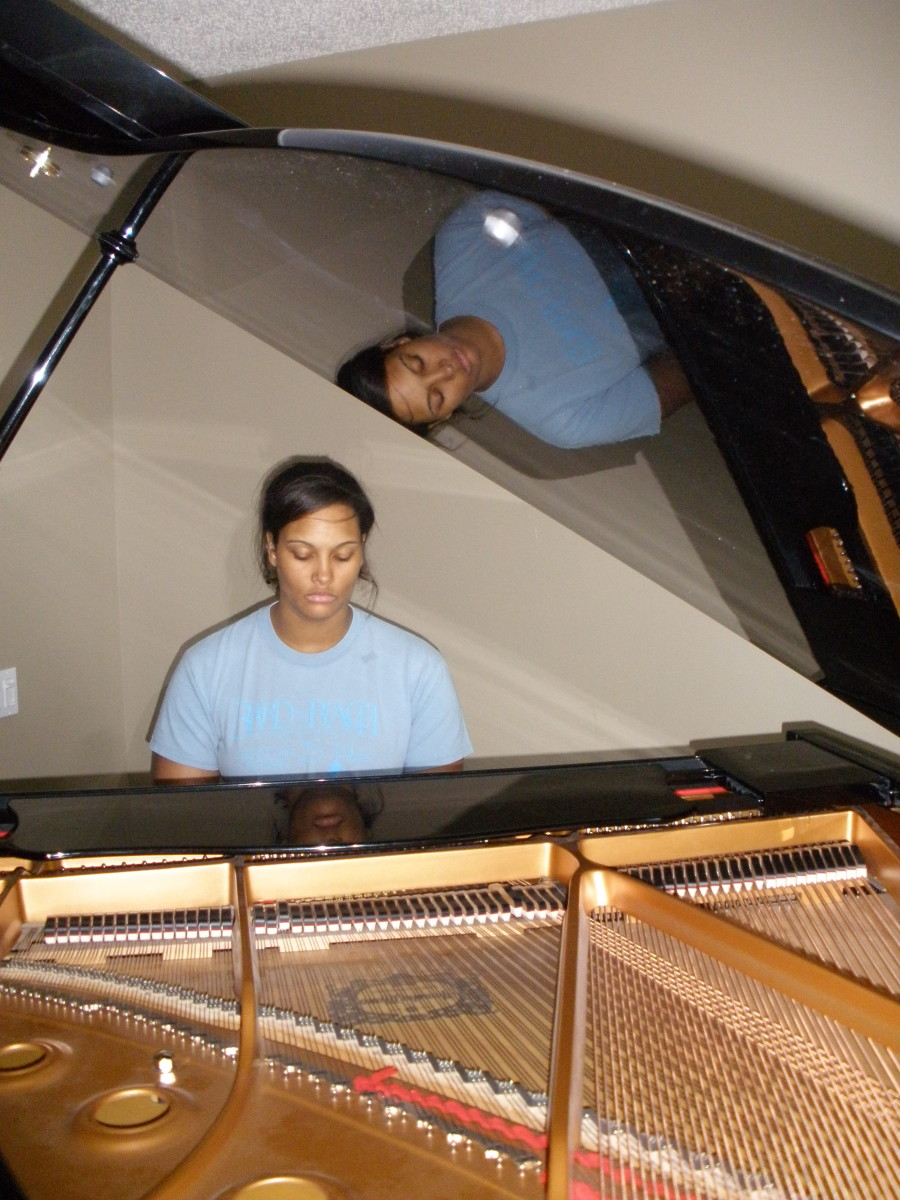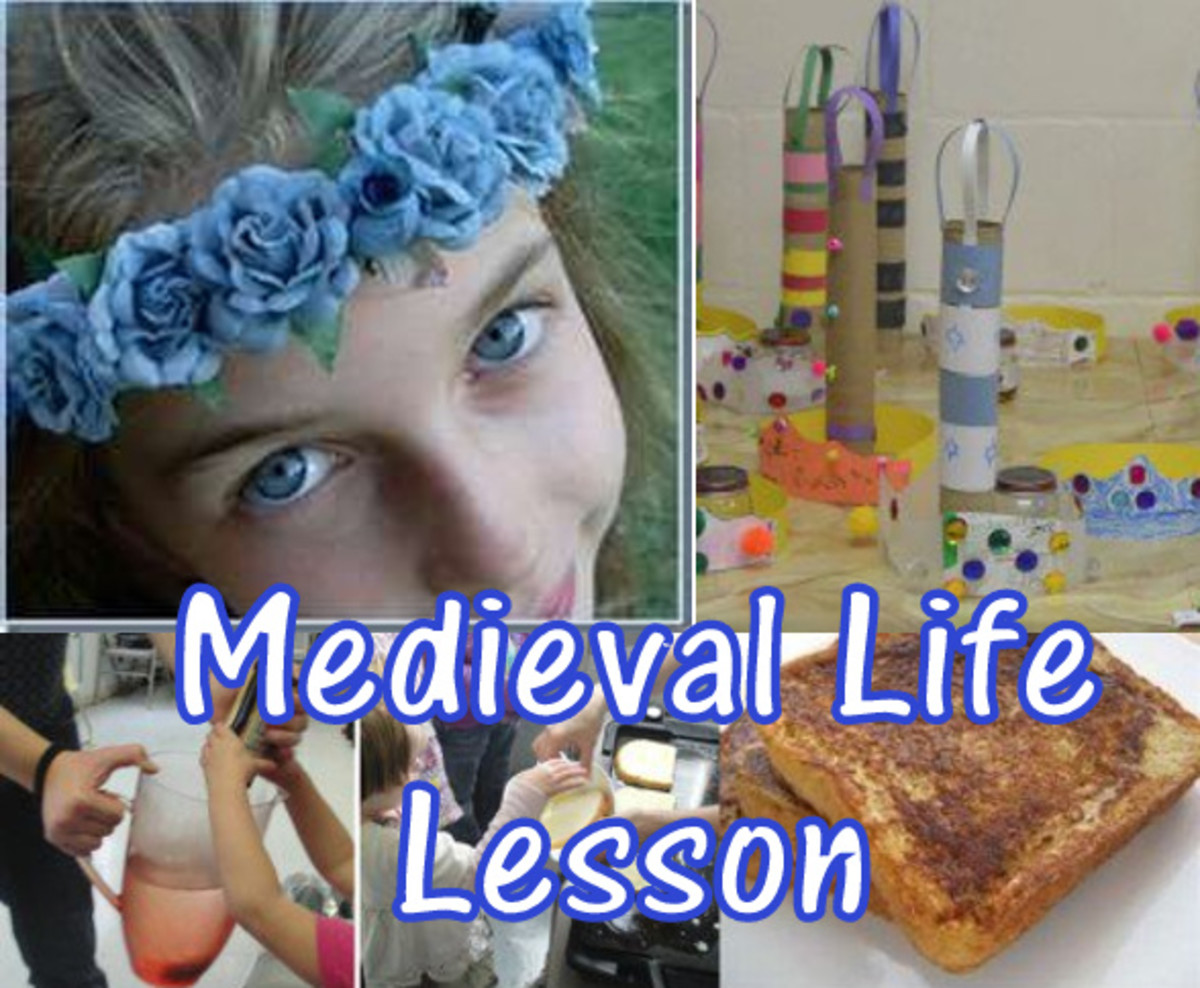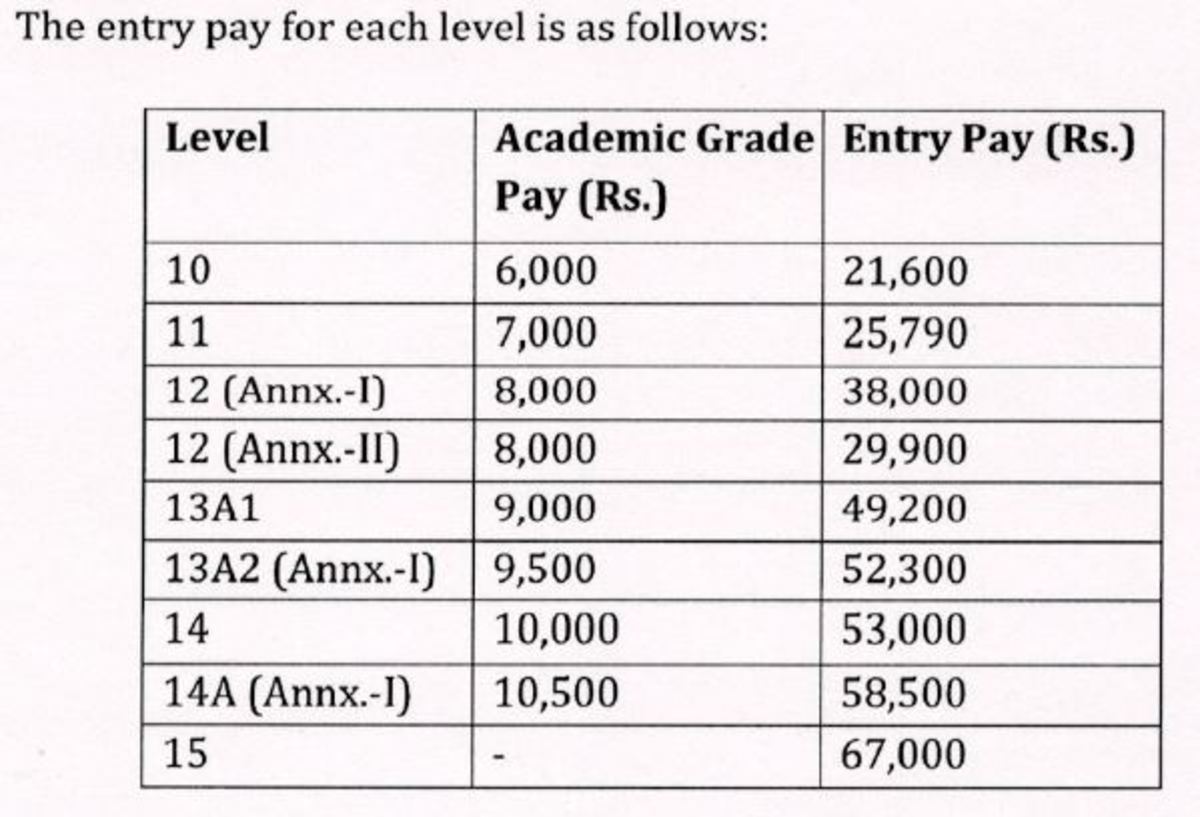How to Promote Teacher Collaboration

Collaborative Teaching is a Process
Collaboration partnerships are not something that happens quickly. All of the essential components take time to develop and become fully functional. Anyone who has worked in a collaborative teaching environment will have insight into the realities that exist. I was fortunate to be a part of an effective collaborative teaching environment for 2 years in Fairfax County. The collaboration was mostly between myself and the Special Education teacher; we planned and taught language arts together. In addition, the speech teacher and the gifted education teacher collaborated with us as well on special projects and assignments. Of the 13 years I have taught, those were the most rewarding teaching years I can remember. Instruction was exciting and more creative, and because of the resources available, it worked surprisingly well. The teacher I collaborated with was very different in her teaching approach, and I think that is what made us effective. We respected each other's styles and saw the value in our differences, and we learned from one another.
Collaborative teaching can occur between the general education teacher and resource teacher as well. The remainder of this article will focus on the collaboration between teacher and librarian. However, collaboration between any two educators could be interchanged and applied.
Teacher Pole
Have you ever participated in collaborative teaching?
Collaborative Teaching
- Collaborative Learning for Elementary Students - Wit...
Educators can ramp up learning by providing life-like experiences when they put together collaborative lessons. - Social and Collaborative Learning with Technology
Social and Collaborative Learning with Technology Education should change from individual student learning that is without technology to learning that is resourceful and collaborative with the use of technology media resources.
Resources Needed for Collaborative Teaching
Resources are very important in having an effective collaborative partnership. As a librarian, in order to fulfill objectives decided upon by the teacher and librarian, students need to have a variety of print and nonprint resources to use. Technology needs to be up-to-date and accessible to students at all times. Online databases and other research tools are essential to teaching the AASL standards as well as the state's curriculum standards. Current authors and novels need to be readily available on the shelves, with multiple copies of selected novels being present.
My fourth graders were recently given the opportunity to select their next novel for reading groups, instead of using the pre-selected leveled readers. They were given 4 choices, and were first introduced to these novels, so that they could make a decision based upon their interests. Unexpectedly, 12 students wanted the title, My Life in Dog Years by Gary Paulsen. Fortunately, between the book room, where novels are kept in sets of 6, and the library, enough copies of the novel were obtained, allowing students to read the book they felt passionate about reading.
In today’s schools, it is common to see partnerships in teaching. Grade levels work as teams, and in large teams, teachers often pair up to share resources, and get ideas and feedback from one another as well.In these scenarios, relationships of trust are developed over time.Similarly, librarians build relationships with grade level teams and individual teachers over time.When librarians offer valuable feedback and provide resources that are helpful to teachers, a trusting relationship begins to grow. When a teacher comes to a librarian with a question about technology, instructional strategies, or ideas for research-based projects, a line of communication is formed.When a librarian seeks opportunities to collaborate with grade-level teams and teachers, working with them to create lessons that will enhance student performance, a trusting relationship can be built, creating a collaborative culture.
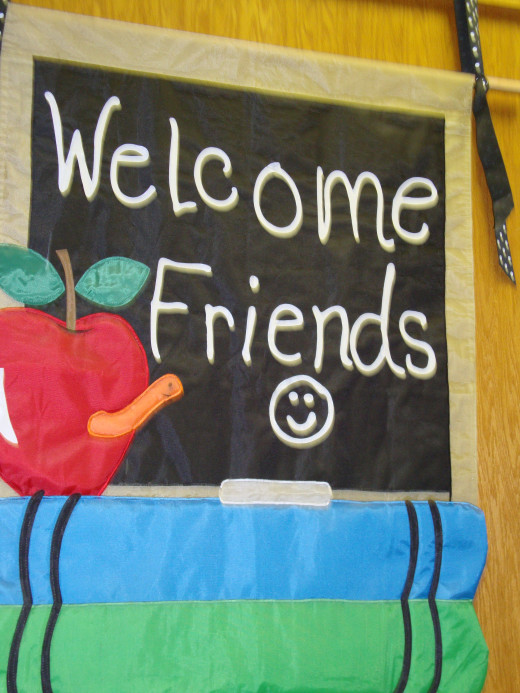
Collaborative Teaching
Effective Communication Is Key to Successful Collaboration
Communication is a key component to successful collaboration between librarian and teacher. I’ve spoken to the librarian at my school on several occasions, and I’m amazed at how she remembers my comments and requests. At the end of the school year last year, I was looking for a novel called The Word Eater, by Mary Amato, and the librarian said that they did not have it, but that she would look into ordering it. This school year, she placed it in my hands during the first week of school. This is not uncommon, as she has done things like this repeatedly, so I feel that she is really listening to the teachers.
In a fully functional school library, communication will exist in multiple ways. Email of course, is essential, as it is used daily. The librarian may speak at a staff meeting with information about new resources, special training being offered with use of databases or other online library resources.Surveys may be given, to gather feedback from staff members, and the librarian may attend grade-level team meetings on occasion as well.I also feel that a website for the school library is an important communication tool that offers students, teachers, and parent’s access to information at all times.


